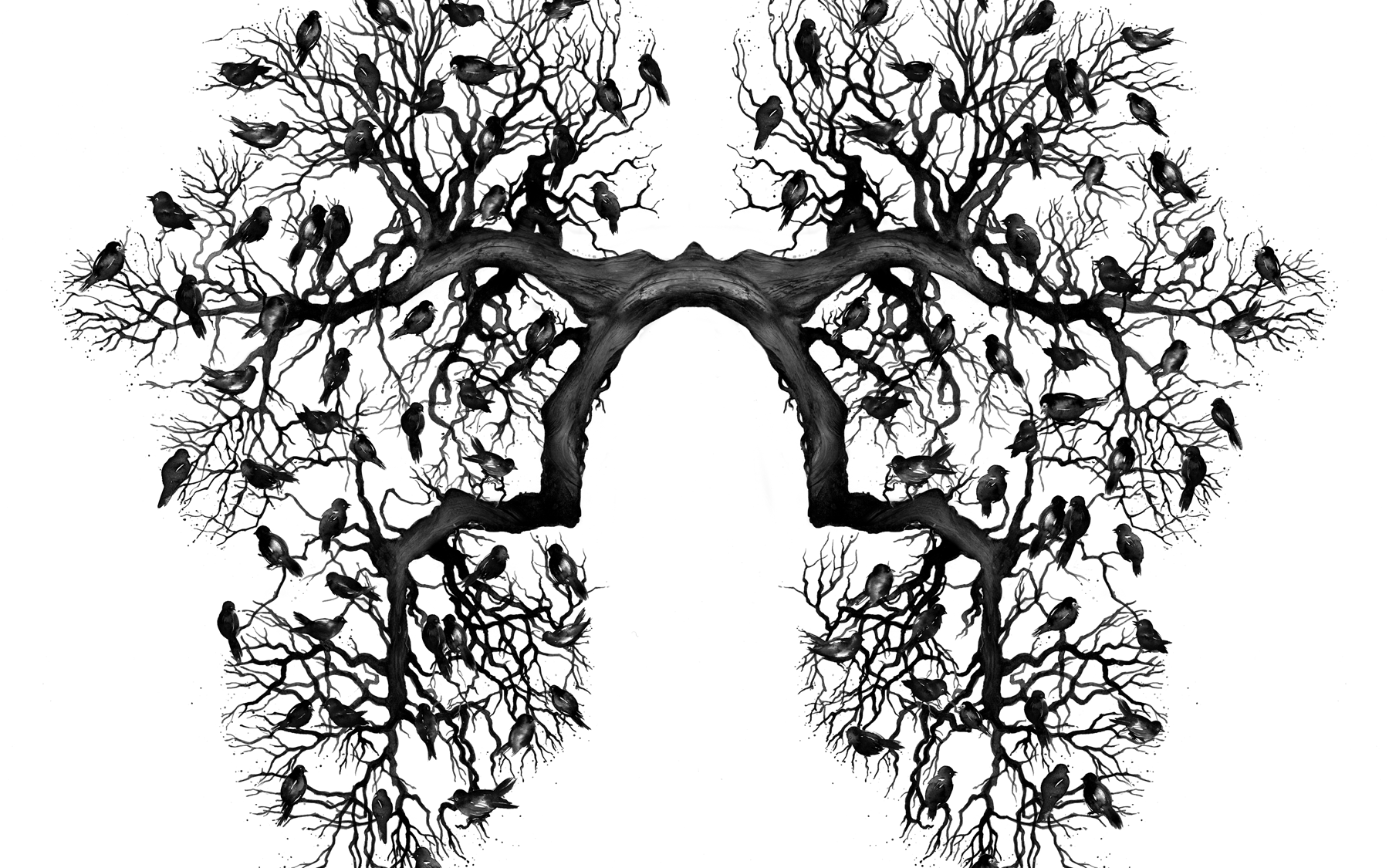Raised in a family that cultivated a spirit of adventure, Narda Lebo’s life is brimming with adventure, exploration, and a profound appreciation for the interconnectedness of our world.
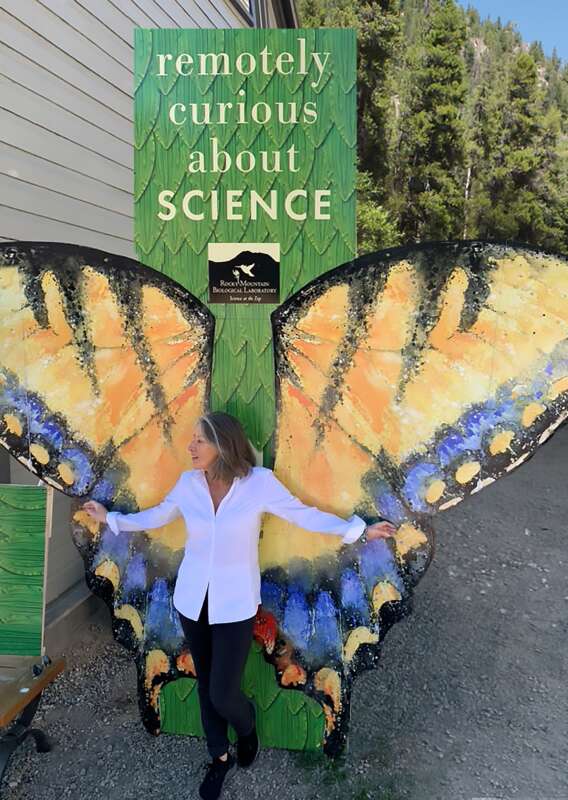
“I was raised to be adventurous,” Narda reminisces, recounting her childhood surrounded by vintage biplanes restored by her father and guided by her mother’s teachings on how to be a world traveler.
Throughout her career, Narda has journeyed through diverse disciplines, collaborating with doctors, scientists, archaeologists, and architects to create narratives that would bind together seemingly disparate fields of study.
Living in a small town high in the Rocky Mountains, Narda finds solace and inspiration in nature. She eagerly anticipates the intense winter snowfalls and the transformative spring snowmelts that sustain that feed the Colorado River and the land it serves. With the arrival of spring and summer, she delights in the abundance of wildflowers and the bustling activity of pollinator populations.
Narda’s academic career includes degrees from prestigious institutions including Southwestern Medical School and the University of Illinois. Her studies in instructional development and medical illustration have equipped her with a versatile skill set, allowing her to communicate complex ideas with clarity and precision.
In between her travels and spending time with her husband, Steve, and her newly rescued malamute, Sasha – Narda found time to discuss her work with us.
The Interview
Q: Aside from flying planes and traveling the world, can you share a pivotal moment or experience from your upbringing that led you to your art?
Lebo: “I wanted to travel by myself when I was in high school, so I applied to be a foreign exchange student to my mother’s home country, Colombia. I had great aspirations to become a doctor and was invited to live with the family of a prominent surgeon in Medellin. I created a painting to give as a gift to my host family, and I was told this by a doctor: “If you can draw and enjoy science, Medical Illustration would be the most beautiful contribution to the medical profession”. Done.
Over time, I would say that a fair amount of self-confidence developed moving around in the world, experiencing different surroundings and people, seeing the similarities in how people think and connect, and mostly seeing how I thought about all of this.
Something I always try to achieve is a way to tell a story in a universal language. Art has a way of reaching people in their minds and hearts.”
Q: Living in a small town high in the Rocky Mountains must provide a unique environment. How does the natural landscape and seasonal changes influence your creativity or work?
Lebo: I lived a big city before moving to Gunnison County in Colorado, and the new environment made a big change in my creative process. Here the land is much more significant in the scheme of history, the present, and the future.
There is slow and dynamic rhythm to the seasons, and there is a calmness to this rhythm. The people living here take ownership in its maintenance.
One of my favorite lessons is in the season of cattle drives. After rushing around for years in a wave of speeding city traffic, I have come to look forward to the springtime here, when the cowboys lead the herds of cattle up to high country from the valley — and when the calves are grown to a size they can make the march up-mountain, the grass is fresh and the air is cool.In the fall, the herds come down the same highway to wait for the time to go to market.
The cowboys, their horses and shepherd dogs are in perfect sync. All traffic stops and pulls over to calmly allow the entire event to take place with due dignity.
Life is pretty matter of fact here. Nature and the environment are respected. Because of this, my work has been focused on telling stories about how we live in and study the world, both locally and globally. I use watercolors because they always show the motion of the hand, flow of the paint, and texture of the paper.”
Q: You mentioned that your husband is a creative director and brand developer. How do your respective professional backgrounds intersect, and do you find collabo- ration between your fields enhances your work?
Lebo: “When called upon, we easily weigh in on each other’s work, ‘method acting’ as the client’s audience and giving feedback. If there is a smart visual brand message we come across, we share the values of the brand and learn. Aside from the fact that we both know how the other thinks, we both respect that, as well as the fact that as creatives, we always want to push the envelope, but only to the best result. It is great to have a back-up opinion and a perfect balance in a message.”
Q: Your background in medical illustration suggests a strong foundation in visual communication. How do you apply principles of art and design, particularly in your use of negative space, to convey complex ideas or narratives in your work?
Lebo: “The negative space can be as powerful as anything drawn out in full detail. Isolating a single bold idea can command attention and establish what the side images are controlled by.
In my thinking, everything is connected. Every element makes a particular statement in relation to what else is in the picture. Take any one thing out of the composition and the intended meaning will change, for better or worse. Intention is everything.”
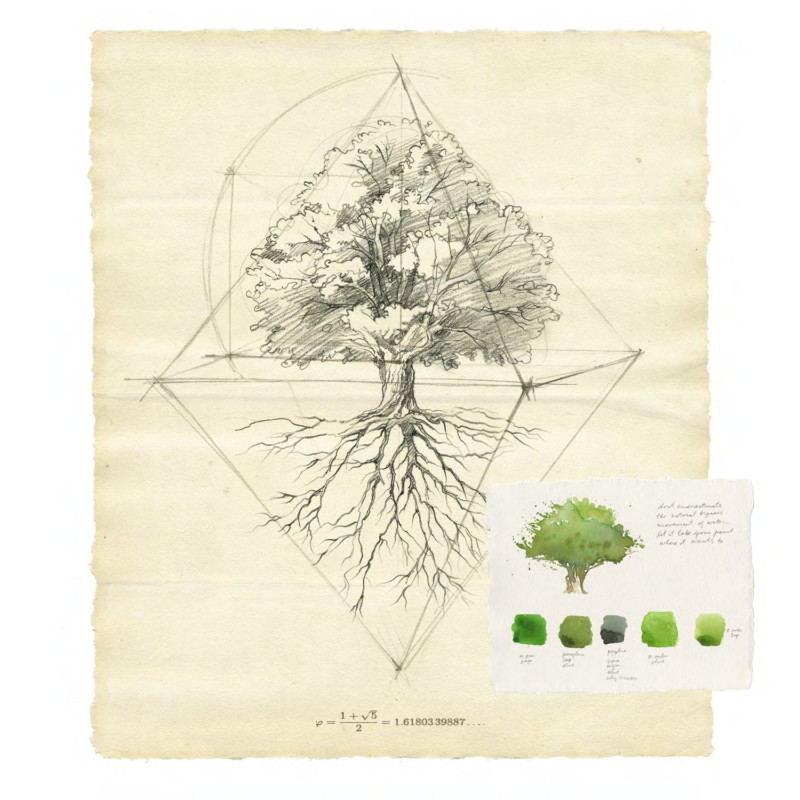
Q: Your artwork bridges the gap between science and art, blending technical accuracy with creative expression. Can you discuss a specific piece where this integration was particularly challenging or rewarding?
Lebo: “One great opportunity to blend art and science happened on a project with a global company that develops building materials, Hanson Heidelberg Materials. The materials are used to create roadway, bridge, and building infrastructures all over the world.
The vision statement has an emphasis on sustainability: Building on the Past, Restoring the Balance, and Creating the Future
The CEO personally conveyed his philosophy about total sustainability and referred to Khufu, the architect of the Great Pyramid. As we know, this monument was created using the proportions of perfect balance known as the divine proportion, a proportion that artists and architects use,
and mathematicians have studied since antiquity.
The art developed to represent Hanson’s story has an invisible component, the geometry of this pyramid above ground and below. A tree was the ideal icon to represent sustainability, balance and future building.
You can learn more about Narda and her work by visiting her website: nardalebo.com.
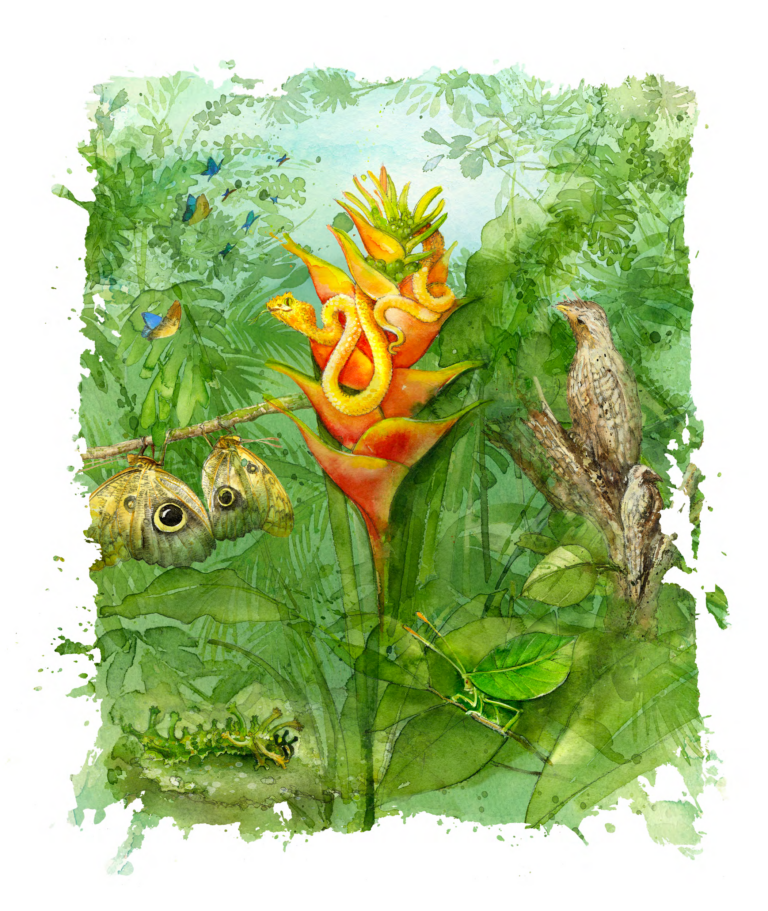
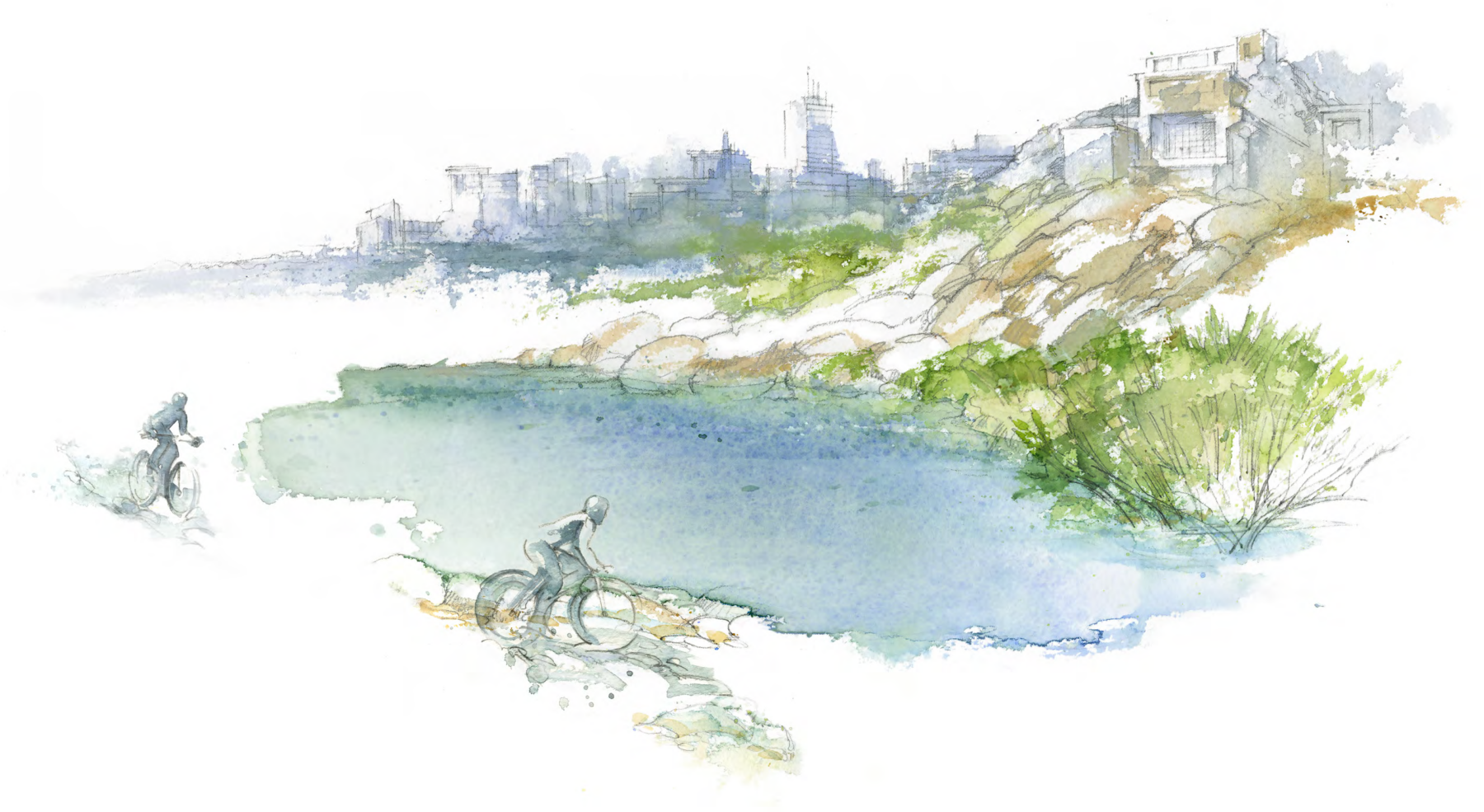

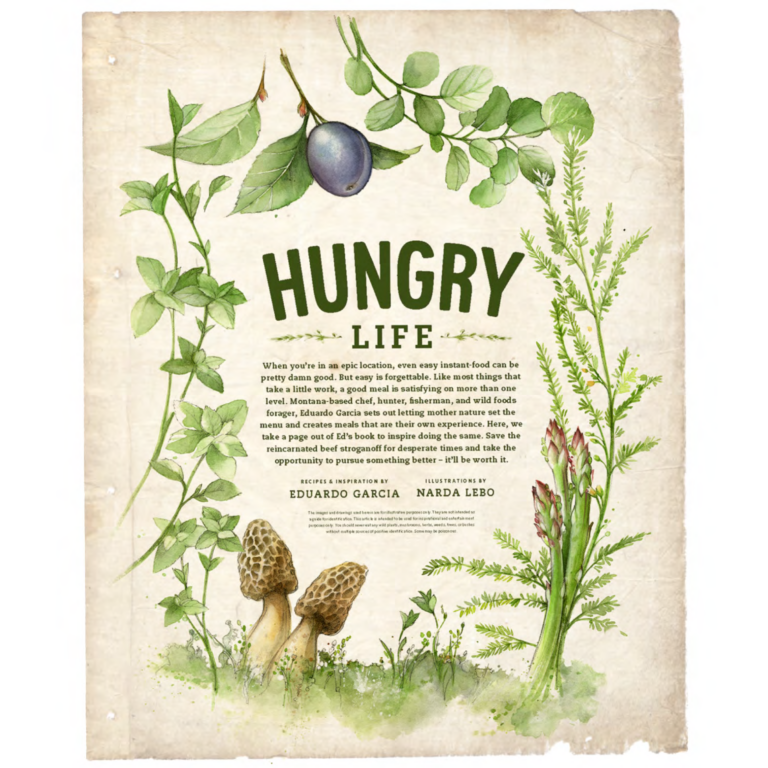
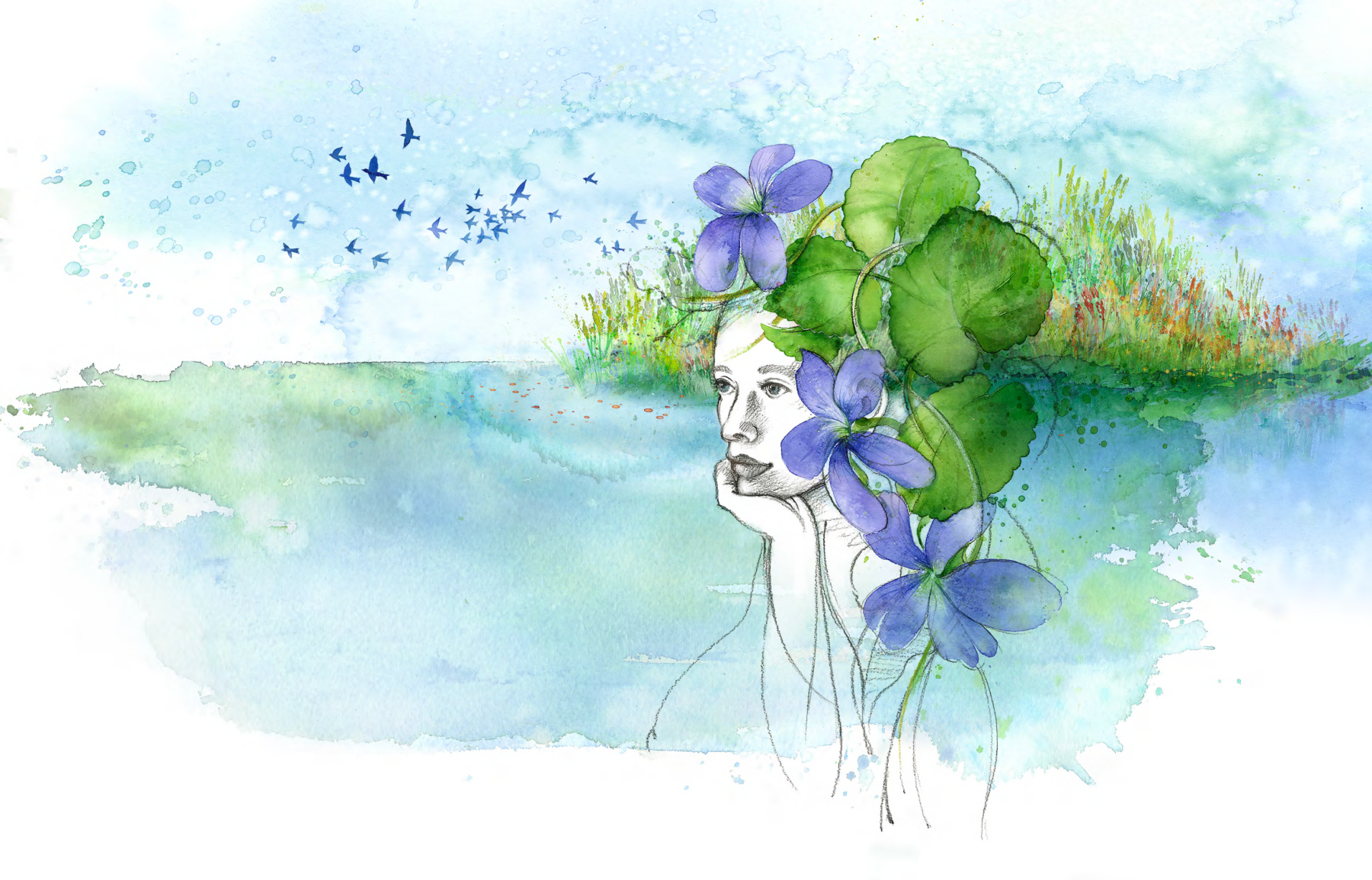

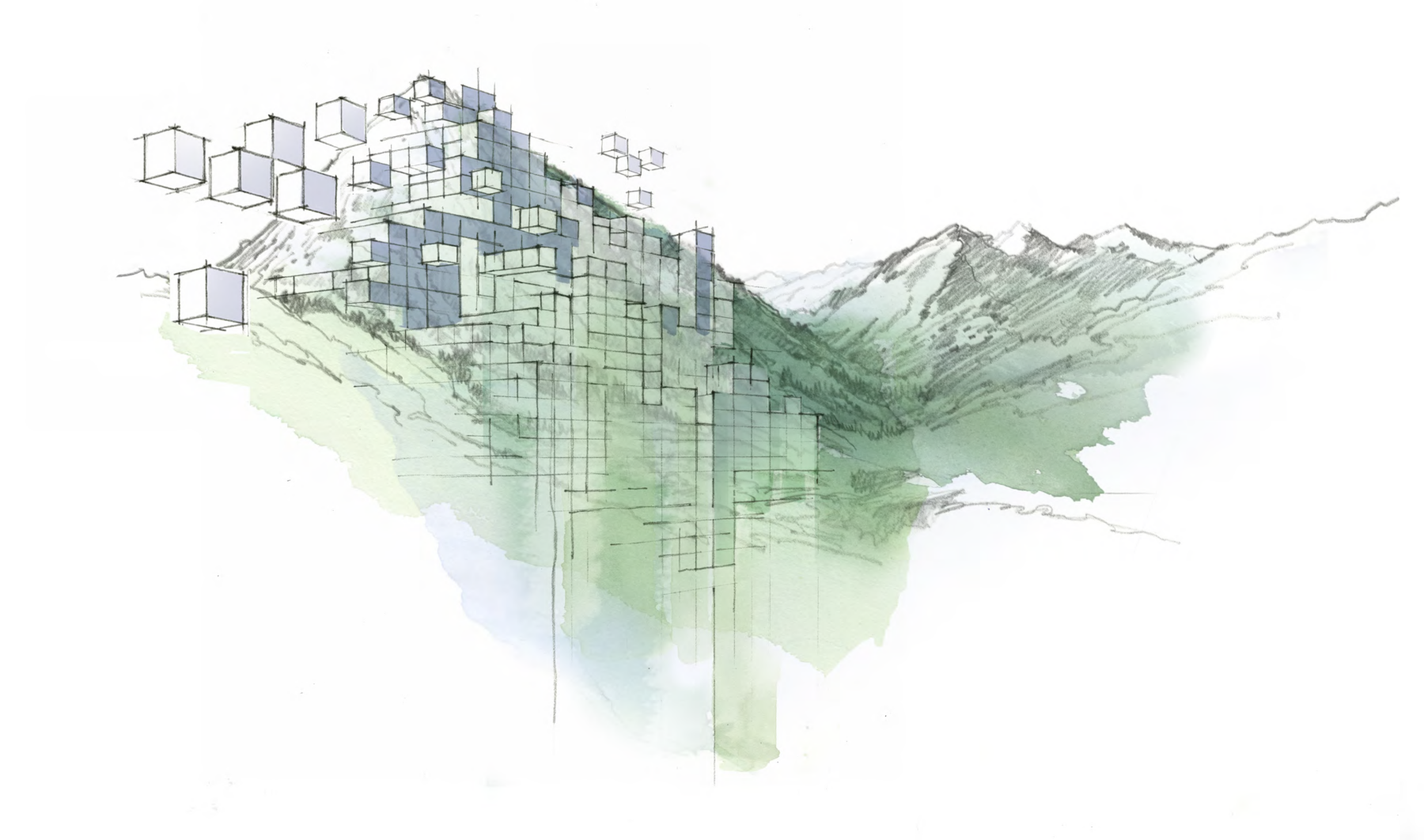
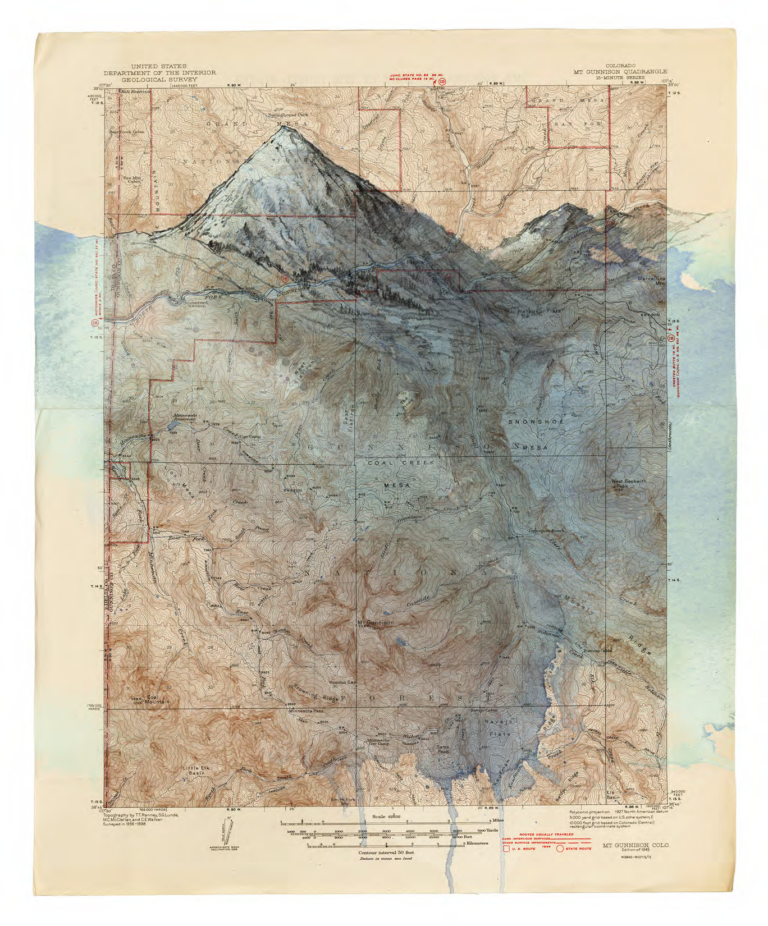

*All images are © Narda Lebo unless otherwise stated.
Disclaimer: The views and opinions expressed in this interview are those of the interviewees and do not necessarily reflect the views or positions of Public Health Landscape or Valent BioSciences, LLC.
